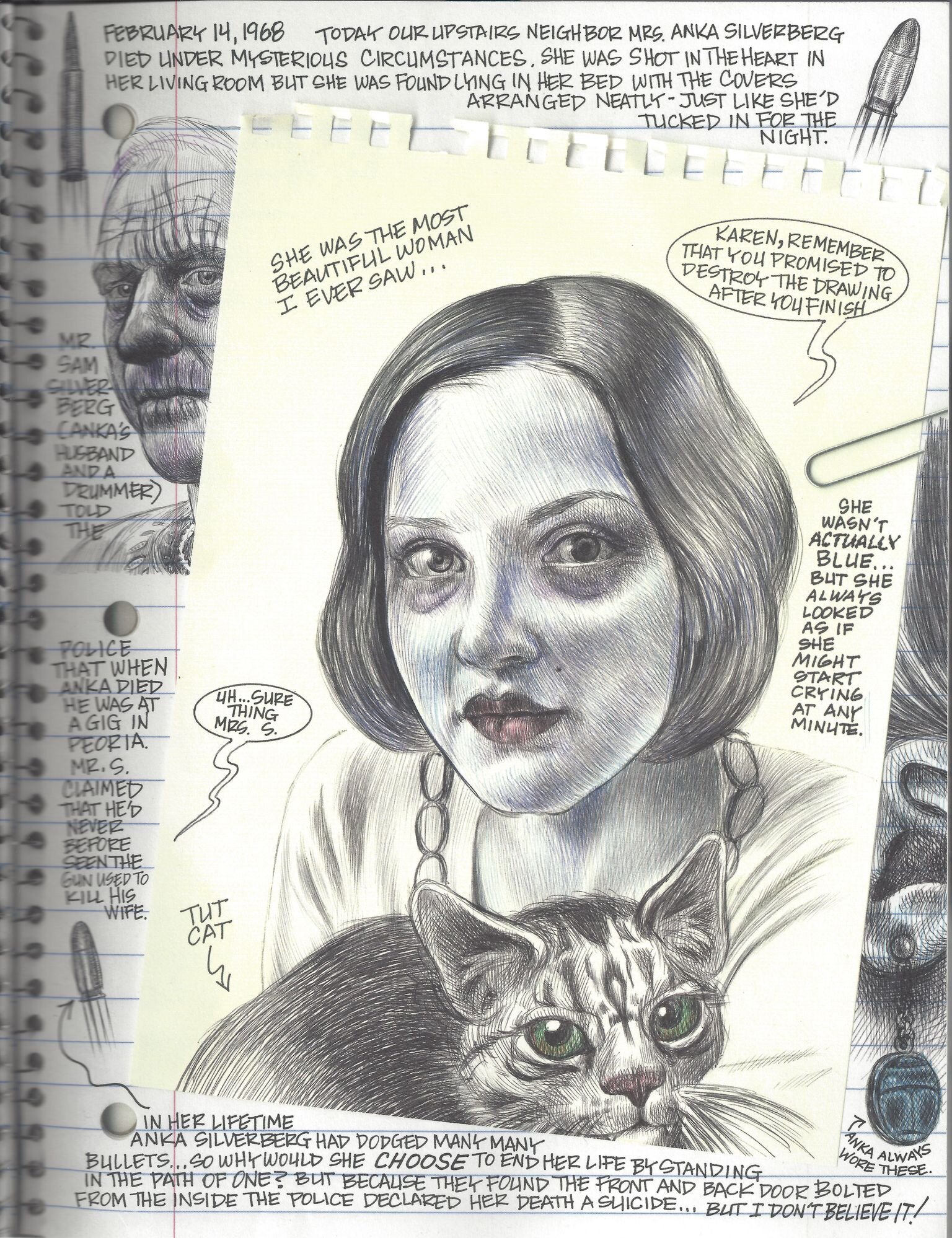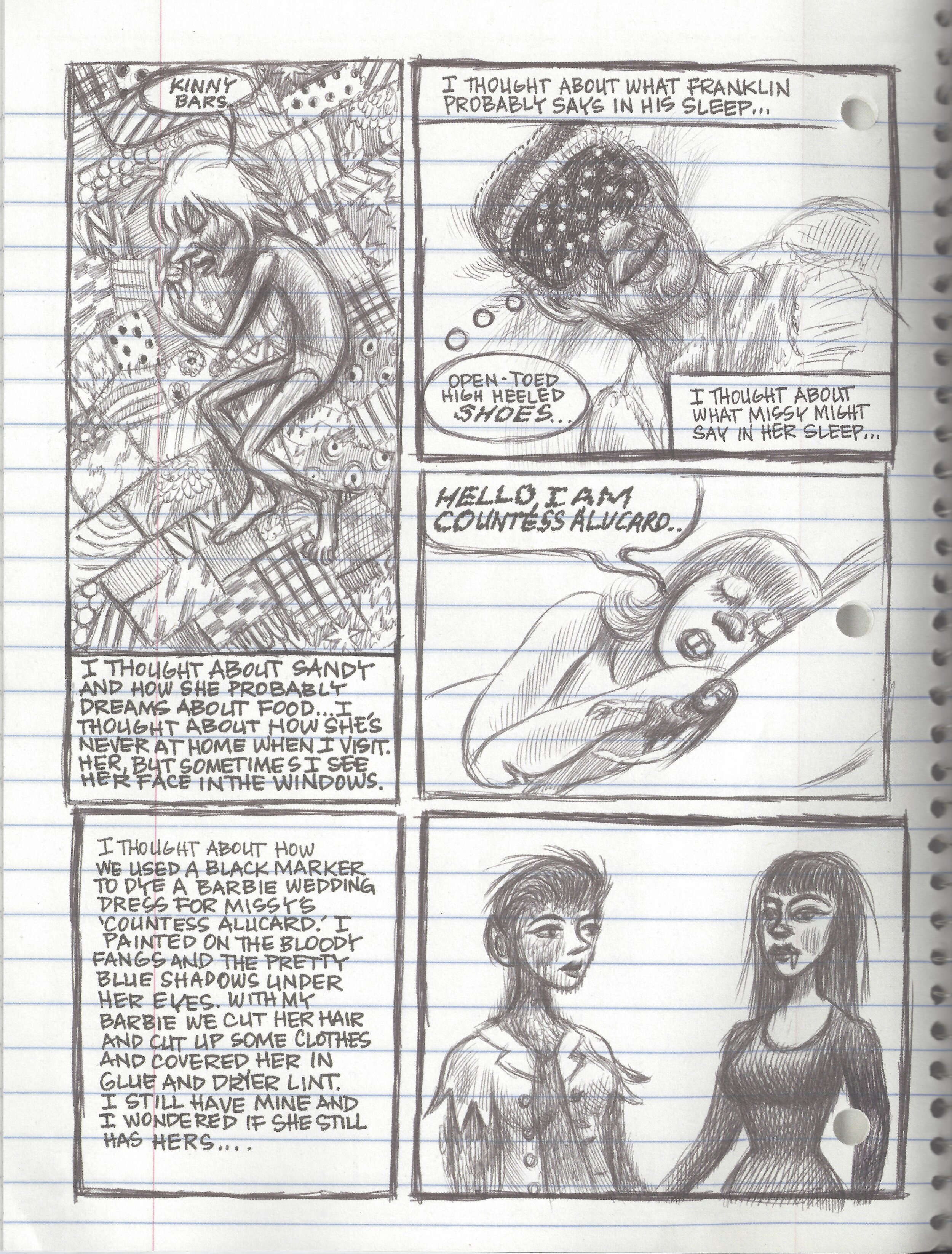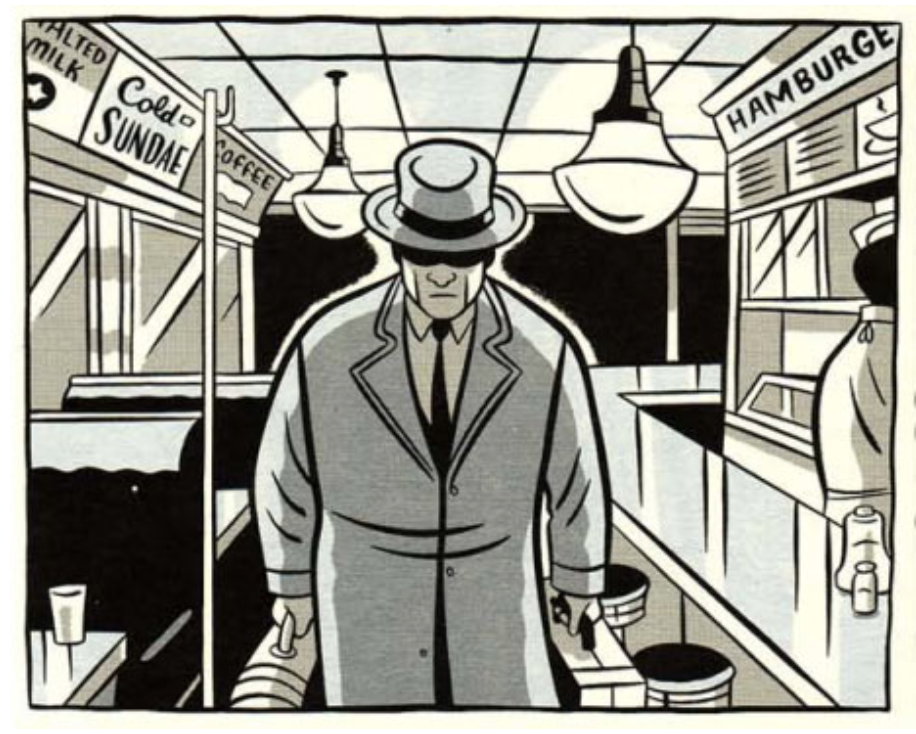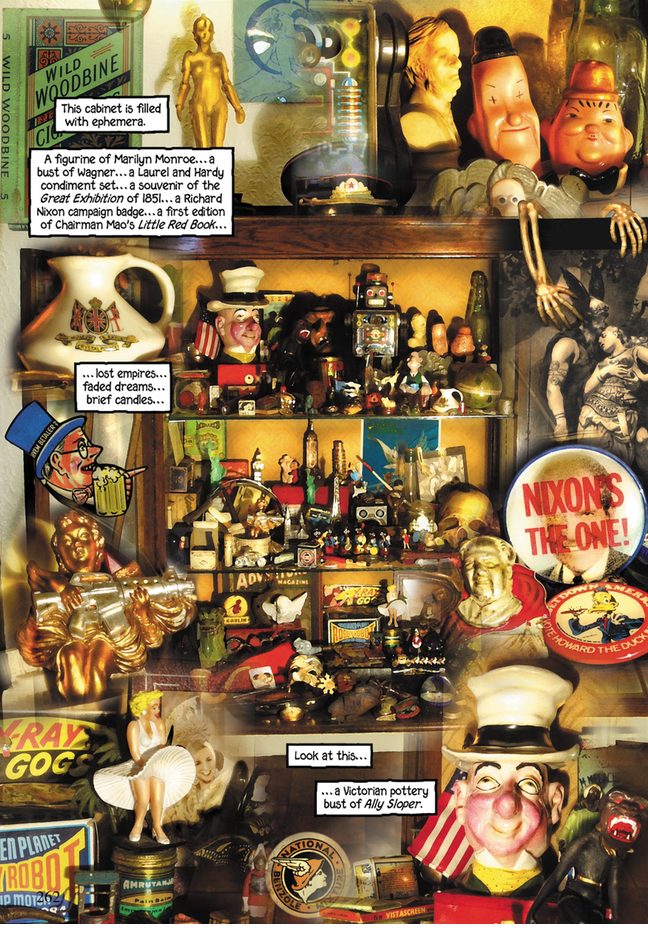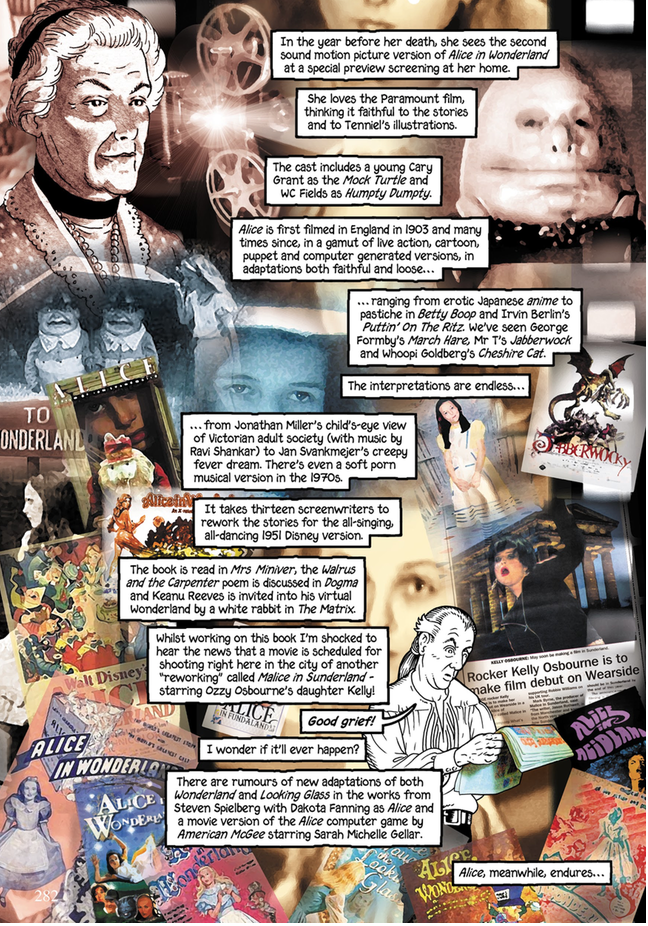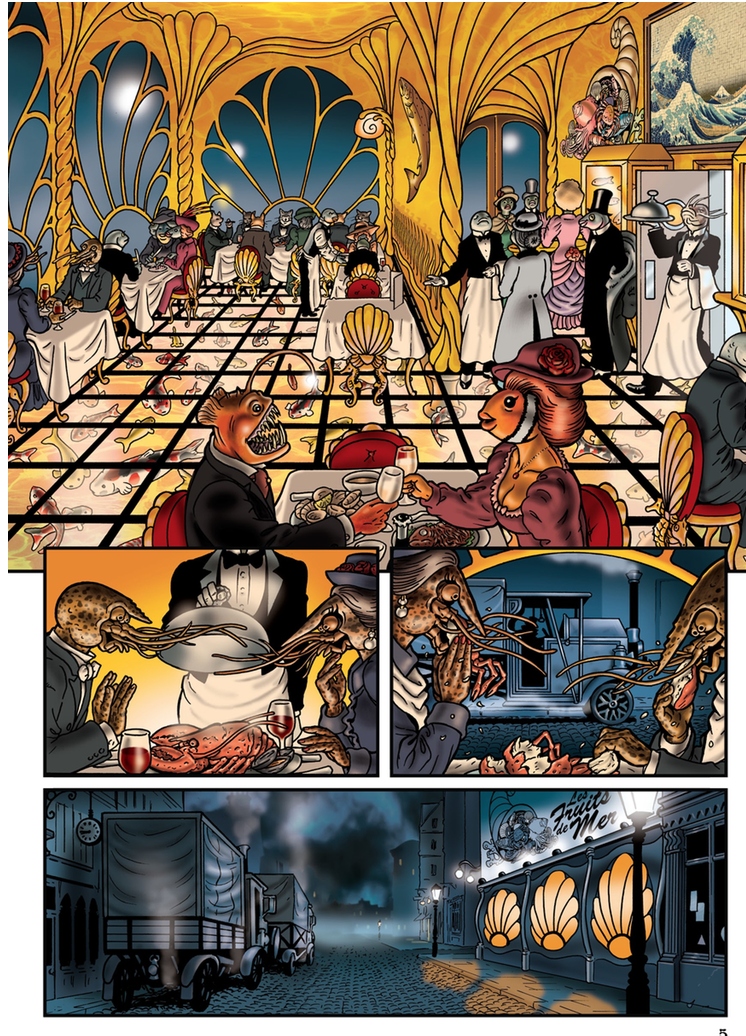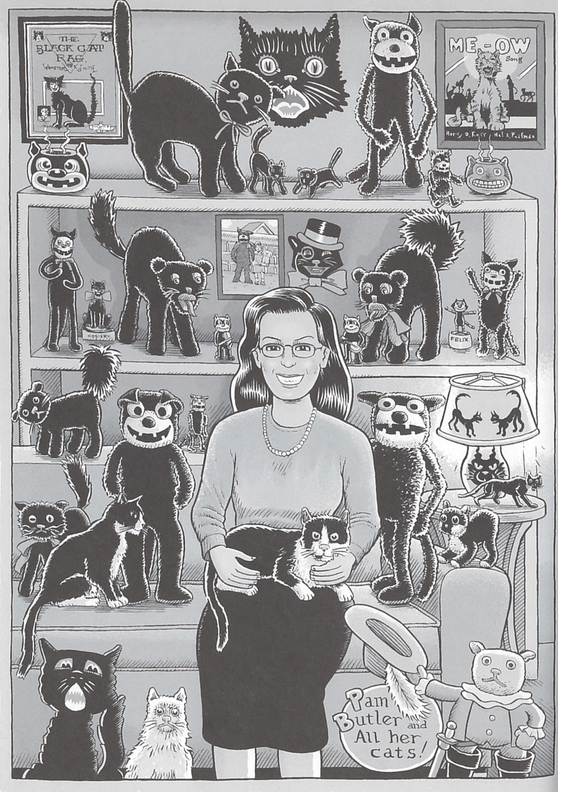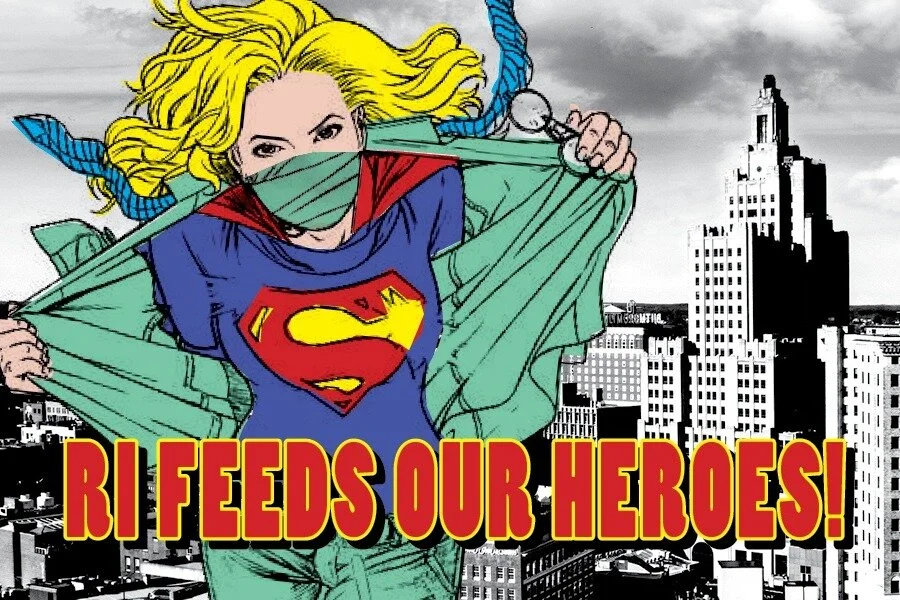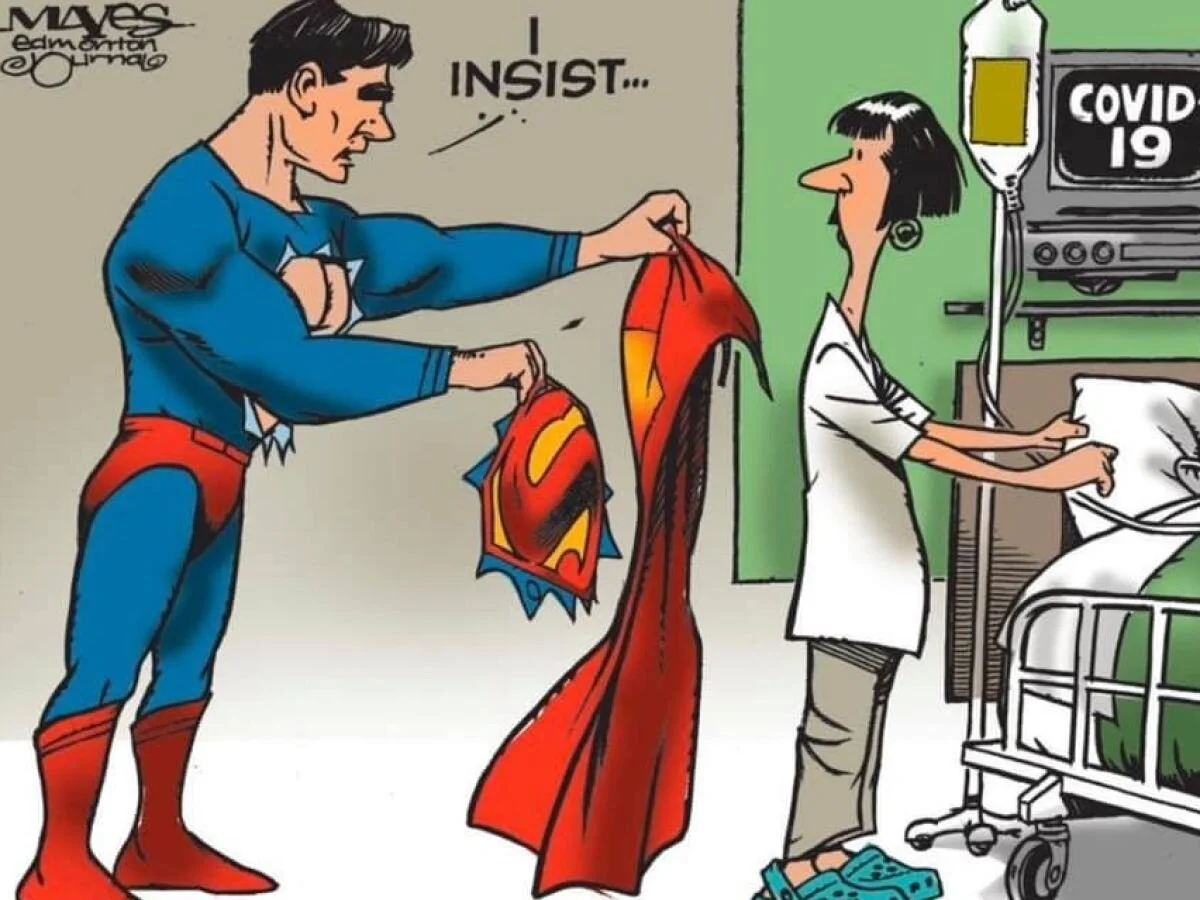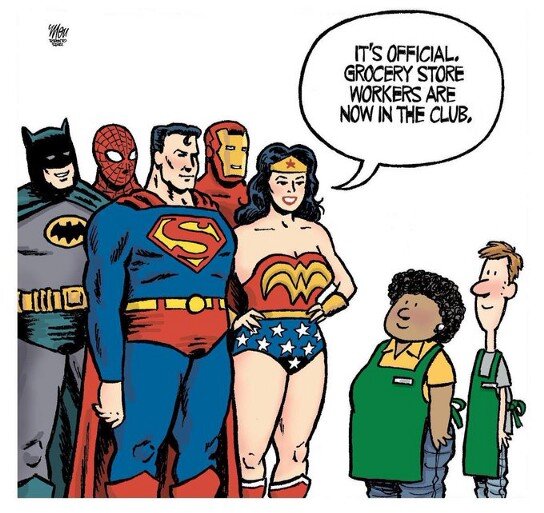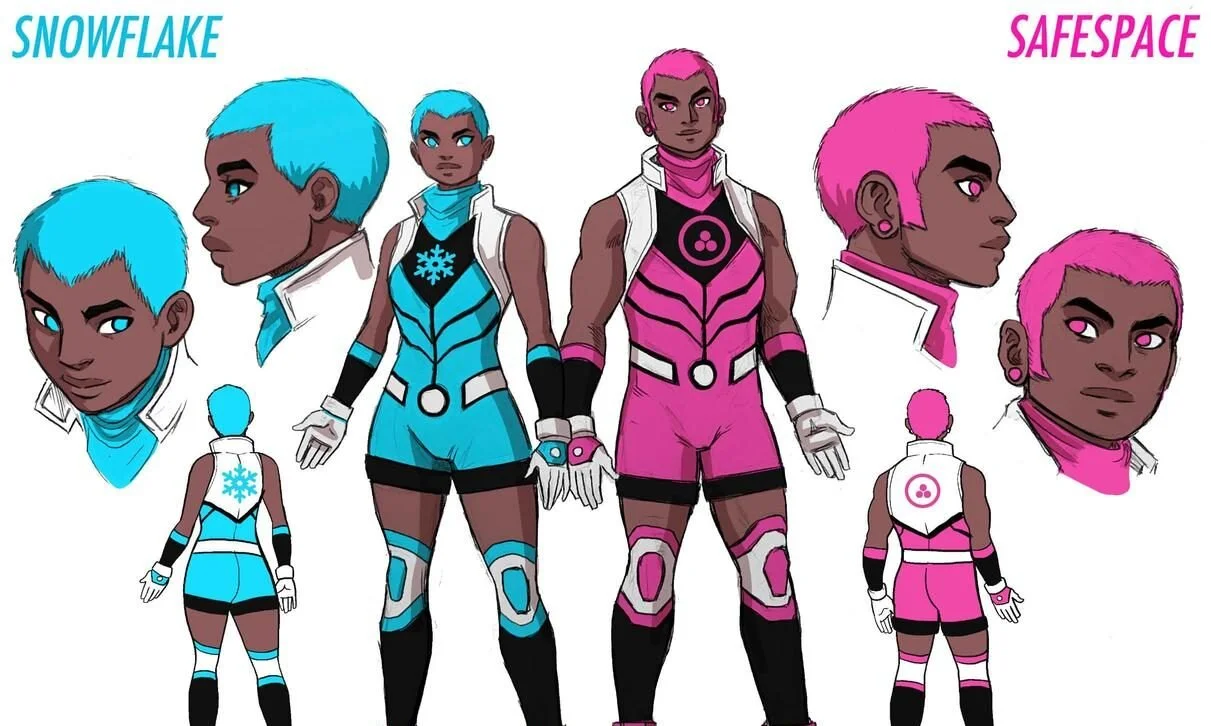Newsboys in America: An Interview with Vincent DiGirolamo (1 of 2)
/Vincent DiGirolamo's Crying the News is an epic account of the rise and fall, life and times of the American newsboy (and newsgirl) which has already received significant recognition from the scholarly community, including Frederick Jackson Turner Award from the Organization of American Historians, the Philip Taft Award for the best book on labor and working class history, and the Frank Luther Mott/ Kappa Tau Alpha Award for the best book in journalism and mass communication. I initially approached the book in relation to my current writing project, which is looking at American boyhood, primarily in the 1950s and 1960s, but which has led me to read more extensively in the fields of children's studies and history. I loved this book because of the wealth of details it offers into working class boyhood across the years and because of the ways that it takes these young workers seriously on their own terms and helps us to read through the myths and approximate their place in the history of American journalism. The writing has a quiet verve -- it makes it pleasurable to read without calling attention to that -- and you can get a sense of that style in his expressive and generative response to my questions here. I have tried to frame my questions with an eye to readers of this blog who are potentially interested in the representation of the paper boy (and in the case of one recent comic series I admire, Paper Girls), the nature of paper boy masculinity, how it models the gig economy, and what glimpse it offers into sensationalism and deception (i.e. fake news) in other historical periods. Hope you enjoy—
Henry Jenkins
The newsboy became and remains, as you note, a mythic figure in American culture down to the present day, whether embodied as Newsies on Broadway or the comic book series, Paper Girls. What core national values got encoded in that myth?
That’s part of what intrigued me about these kids, the relationship between the myth and the reality. I wanted to know about their lives on the streets and their economic importance to their families and the newspaper industry. But I was also curious about how these poor, often exploited and self-exploiting children came to represent the spirit of capitalism. What accounts for this irony? Was it the result of some amorphous cultural process or the deliberate attempt of interested parties to define the meaning of their work? And how did this myth affect the children’s actual experience, either by generating sympathy for them, undermining reform efforts, or actually inspiring the children to strive and succeed? Some famous ex-newsboys such as Walt Disney and Eddie Rickenbacker subscribed to the myth and attributed their adult success to the lessons learned selling newspapers. They became useful symbols of American enterprise.But most newsboys kept within their social class and grew up to become teamsters, mechanics, and work in similar trades.
Understanding the persistence of this myth required tracking its changing function in society and the ways in which nostalgia helps gloss over past injustices. I compare the stereotypical newsboy to the happy darky or noble savage—figures that obfuscate the horrors of slavery and genocide. The mythic newsboy who pulled himself up by his bootstraps similarly distorts our understanding of class exploitation—and the resistance it provoked. Many newsboys engaged in strikes and formed unions that affiliated with the Knights of Labor, American Federation of Labor, and Industrial Workers of the World, but their stories are not part of the myth. Others newsboys, such as Jack London in Oakland, California, and Norman Thomas in Marion, Ohio, become prominent socialists. I contend that news peddling influenced children in profound and enduring ways, depending on their race, ethnicity, region, gender, and generation. But the self-made man narrative is just that—a story wielded selectively to laud individual initiative and minimize the underlying structures of economic opportunity.
You compare the American newsboy to his old-world counterpart, the ballad singer. How might this comparison give us some insights into how news was circulated in the two cultures?
Yes, I mention that America’s newsboys were direct descendants of the ballad singers, mercurie girls, and flying stationers who distributed news sheets in Europe beginning in the 15thcentury. These were Gutenberg’s first children, though most were adults. They made up what historian Robert Darnton calls the “forgotten middlemen of literature.” They share several things in common with their American counterparts, including an initially low reputation as scoundrels and vagabonds who avoided real work by trafficking in rumors, lies, and half-truths, often of a seditious nature. Yet carriers and postriders who distributed newspapers and pamphlets during the American Revolution and subsequent wars raised their status as patriots who personified freedom of the press. Another key difference between European and American news peddling was the higher literacy rates in the United States due to the importance placed on Bible reading. Newspapers and newspaper reading flourished in the United States compared to England, where newspaper duties and other “taxes on knowledge” restricted readership until the mid-1850s.
What are some of the challenges of researching this topic? What are some of the resources and techniques you deployed to address those challenges?
My research began in the pre-digital age. I started out following footnotes to the published and unpublished reports of child welfare societies and child labor committees. I consulted municipal histories, city guides, trade journals, and the memoirs and private papers of editors and publishers. Newspapers were valuable sources, too, as they often ran feature stories and crime reports about newsboys. Finding these stories was hit and miss at the beginning. Fortunately, some municipal libraries compiled handwritten indexes of local newspapers. I also relied on colleagues and strangers who would send me the odd newsboy reference they came across in the course of their research.
My best source of visual material was Peter Eckel, a collector whose devotion to Father John Drumgoole, director of St. Vincent's Newsboys' Home in Gilded Age New York, led him to haunt the book stalls on Fourth Avenue looking for prints related to newsboys. He amassed an amazing collection that included badges, statues, and a scrapbook assembled by the superintendent of another Newsboys' Home. Peter shared his archive with me while I was writing my dissertation at Princeton. After he died I helped Firestone Library's Department of Rare Books and Special Collections acquire and catalog it.
Everything changed with the digitization of newspapers, periodicals, diaries, and images in the early 2000s, which made thousands of documents and collections word-searchable. I could now find needles in archival haystacks throughout the country. This technology led to my discovery of newsboy strikes, boycotts, murders, accidents, unions, clubs, lodging houses, and reading rooms in scores of cities where my source material was originally quite thin. The hidden history of working-class youth seemed suddenly accessible, and I fell victim to what Ludmilla Jordanova calls the "chimera of comprehensiveness."
Then there's the question of how to read these sources—how to make sense of children's lived experience, and trust the voices embedded in human-interest stories and reform tracts. Visual images also posed challenges in that they reflect generic conventions and political agendas as well as providing glimpses of real children. But that's the fun part: analyzing how a certain social practice—child news peddling—could alternately be viewed as a social evil and a public good. I found that this tension existed in every decade. For example, during the progressive era, when muckraking journalists were producing shocking exposés and disturbing photographs of ragged newsboys, images of happy, energetic newsboys circulated widely in advertisements, calendars, board games, and children’s books. These images virtually neutralized the impact of reports produced by the child labor reformers.
You frame the newsboy as both laborer and entrepreneur within what you describe as “penny capitalism.” Explain this concept and how it might shed light on today’s “gig economy.”
“Penny capitalism” is a term coined by anthropologist Sol Tax (a former Milwaukee newsboy) in the 1950s to describe small-scale trading among indigenous peoples. It was revived by British historian John Benson in the 1980s to call attention to the various entrepreneurial activities of working-class people to supplement their meager wages. They took in borders, sold victuals, opened pubs in their homes. Benson correctly notes that the industrial working-class has never lived by wages alone. The question he raised is how does this kind of economic activity affect their class identities and affinAs workers and merchants, newsboys epitomize this blend of labor and commerce. Yet in the course of my research I found that they also toiled in a variety of labor systems, in slavery, apprenticeship, and the padrone system, as wage workers, piece workers, and unpaid family labor. Editorial writers liked to call them “little merchants” and equate them with Wall Street speculators because they had to buy and sell again. This propaganda had real consequences in that it contributed to the legal fiction that newsboys were not employees but independent contractors and thus exempt from minimum wage standards, maximum hour laws, workers’ compensation coverage, and other workplace protections. In this sense, newsboys were the prototypical gig workers of their day. Newspaper publishers and circulation managers exaggerated the degree of autonomy they had on the job in order to deny them wages and benefits, especially after the passage of New Deal legislation in the 1930s. Like them, today’s gig workers—including most newspaper deliverers—are subject to a host of fines, work rules, and schedule demands that undermine their vaunted independence as independent contractors.
Biography
Vincent DiGirolamo has published essays on a wide array of subjects, including child vagrants, Wobbly strikes, Ashcan artists, and Martin Scorsese’s Gangs of New York. His work has appeared in Labor History, Journal of Social History, Radical History Review, San Francisco Sunday Examiner-Chronicle, and several anthologies. He also co-produced Monterey’s Boat People (1984), an award-winning PBS documentary on Vietnamese refugee fishermen, and published the middle-grade novel Whispers Under the Wharf(1990). His contributions to the digital humanities for CUNY’s American Social History Project comprise essays, podcasts, and teaching modules on the Sand Creek massacre, Jacob Riis, Ellis Island, and the 1934 West Coast maritime strike. DiGirolamo has held research and writing fellowships at the Princeton University Center for Human Values, Woodrow Wilson Society of Fellows, American Antiquarian Society, Bentley Historical Library at University of Michigan, and the National Humanities Center in North Carolina. Crying the News also received support from the NEH, PSC-CUNY, and the Eugene M. Lang Foundation, as well as a 2015 Leonard Hastings Schoff Trust Publications Award from the Columbia University Seminar on the City, a 2017 Furthermore Grant from the J. M. Kaplan Fund, and a 2018 Book Completion Award from the CUNY Office of Research.








